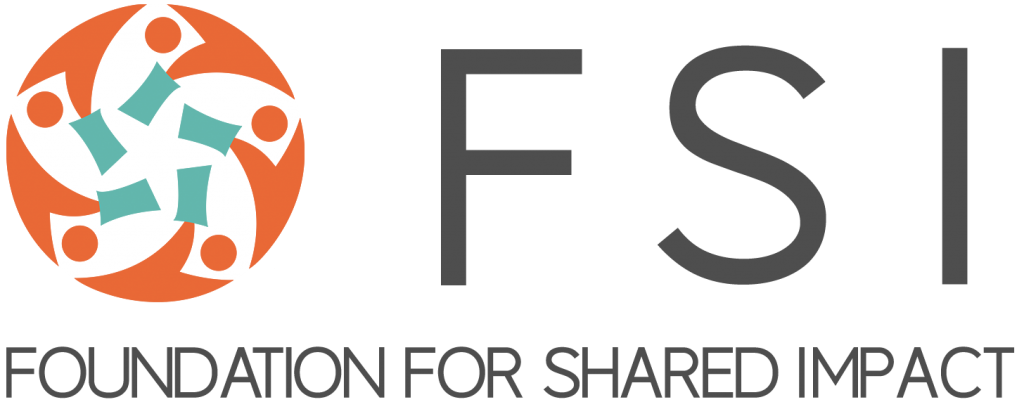Client Name: Box of Hope
FSI Community Support Team: Jon Pedersen
Impact Lab Student Interns: Alima Medetova, Enoch Ng
Project Commencement: September 2020
Location: Hong Kong
By really listening to Box of Hope’s needs, researching possible solutions, and then collaboratively building the solutions, FSI was able to make Box of Hope’s database system more efficient and intuitive.
Problem Statement
The scale of Box of Hope’s operations grew every year, and managing all the processes and scheduling while tracking the historical records for reporting became continuously more challenging.
Due to the pandemic, most of the record-keeping and management processes had to be moved online, which required a comprehensive, coherent and user-friendly information system architecture. To Box of Hope’s frustration, its prior database (ERP system) lacked flexibility and was not user-friendly, particularly in terms of visualizing and applying data. Among others, the old ERP system did not allow for aggregation and analysis across years and across other relevant variables, which made it difficult to disseminate and “visualize” all the data in a systematic manner, and therefore provided little opportunity for generating actionable insights from the data gathered.
Data visualisation is particularly important for Box of Hope as it takes data analysis seriously, in order to facilitate better decision-making and resource allocations, which can then lead to better outcomes. For instance, Box of Hope periodically reviewed the number and types of participating charities, volunteers, or donors to seek improvements and maximize its impact.
Box of Hope faces a few unique challenges as a result of its international operations and the huge number of stakeholders involved. First of all, it amasses large amounts of aggregated data. Other tedious and time-consuming yet important tasks include: manually writing and printing addresses for box distributions, and collecting information from schools and charities.
FSI’s Shared-Impact Solutions
As a social impact enabler and one-stop-shop for social impact, FSI aims to solve society’s biggest problems through our “Shared-Impact Model”, which promotes broad collaboration and sharing of resources, knowledge, and information to enhance capacity building for social impact organizations.
Drawing upon the synergies of the subject matter experts from our own team and the talented youth from our Impact Lab program, we were able to tailor-make these Shared-Impact solutions for Box of Hope.
- Research
Creating an outline for the solution
Understanding the problems faced by Box of Hope, we researched potential solutions. Like many nonprofits, Box of Hope had a previously developed database and CRM solution. While it might have been great during the initial period of usage, many of these solutions tend to be immensely hard to tweak and update when such needs arise in the future, particularly without technical help.
Our solution, on the other hand, is super scalable and easy to tweak. Rather than just creating a simple database, we proposed an “Operational Excellence Project” with a focus on tailoring it to suit the needs of Box of Hope, with a flexible core structure that can adapt to future needs. Since Box of Hope requires collaboration with volunteers who know little about the company’s system, user-friendliness was a key consideration in the solution. Our choice of database software was Airtable, which requires no installation and is easy to understand and utilize.
- Data migration from the existing database
Transferring data from the existing database to a solution that is more capable, user-friendly, and more scalable.
Our next step was to transfer the existing data to the new database. We could not simply copy and paste as the old database was poorly designed. As a result, we had to extract each piece of record manually and input it under corresponding fields in Airtable.
- Configuring the new database
Building digital processes and tools that can be easily accessed and utilized for day-to-day operational input in connection to the core database.
Digital processes refer to digitalizing the records being made during the course of physical operation, e.g., collection and dissemination of boxes. In the new core database we created for Box of Hope, we divided the operations into two types of data – Information Tables and Process Tables.
- Information Tables refer to the static records that more or less remain unchanged as time goes by and are rarely updated. This type of data includes the name of organization, contact person and details, participation status etc. under categories such as “Charity Info”, “Moving Company Info”, and “Donor Info”. One point to note is that although data is more or less static, some columns, such as “Participation Status”, will need to be reviewed each year – a participating charity of this year may no longer participate next year, and this piece of update needs to be reflected in the Information Tables.
- Process Tables refer to the process of Box of Hope’s core operations. Because these tables are connected with the Information Tables, when a charity puts in a request of boxes (say, 500 boxes for male children this year), the Process Tables record this piece of request and have it reflected in the database. When the request comes in, Box of Hope is able to respond to the request and make according arrangements in the Distribution Process – another Process Table that allows Box of Hope to arrange distribution of boxes to moving companies or charities.
Each Process Table is equipped with a user-friendly interface that is like a form, where users can input their records, such as the name of the charity, number of requested boxes, preferred mode of distribution, etc. Thus the new database is equipped to interact with third parties and can handle any request from them and deliver real-time data.
- Fine-tuning and automating the visualization of data
Building digital processes and tools that allow for easy aggregation and dissemination of key information, including year-on-year comparisons etc.
Box of Hope desperately needed data analysis to see how they are doing in the current year and before. The “visualization of data” in the form of charts, graphs, and tables enables better understanding of the organization’s performance and strategic shifts in focus and priorities for future years. These features can be implemented through the Google Data Studio with the real-time data stored in the Airtable.
- Automation
Building relevant automated and semi-automated processes, including email receipts, one-click semi-automated process for school or donor outreach, and other desired outputs.
Every year, Box of Hope would email each school independently to confirm its participation, details of the relevant contact person, and ask for the number of boxes the school expects to donate.
This would normally entail a lot of back-and-forth communication, with no standardized approach, and tedious manual work on Box of Hope’s side to find the number of boxes from the previous year for reference, the relevant contact person details etc.
As such, we created a solution inside Airtable wherein a school record can be tagged as “Please Send Email”, which would then send out an automatic email to the respective school with all the relevant details, including its correct name, a general update on its previous year’s output etc. The automatic email will still ask similar questions as were asked in the past, but with relevant automatic data fed into it. For example, i) it would automatically input the name and contact details of the collection contact person on file and ask if such were still accurate, ii) it would pull in the estimated boxes from the previous year and state such in the email, etc. With this solution, the schools can choose to reply directly in the email received or complete a linked Airtable form that processes these requests.
As a result, what were once manual processes that were routine in nature are now automated to save time and resources.
Conclusion
By really listening to Box of Hope’s needs, researching possible solutions, and then collaboratively building the solutions, FSI was able to make Box of Hope’s database system more efficient and intuitive.
With this new system, Box of Hope will be able to communicate with their stakeholders more quickly, will be able to measure and compare their productivity and efficiencies more fully, and over time, scale their operations.



